The Summer Palace in Beijing is a UNESCO World Heritage Site. It features stunning gardens, lakes, and traditional Chinese architecture.
The Summer Palace, located in Beijing, China, is an exquisite masterpiece of Chinese landscape garden design. Covering an area of approximately 290 hectares, the palace boasts serene lakes, lush gardens, and classical Chinese architecture. Originally built in 1750, it served as a royal retreat, offering a tranquil escape from the bustling city.
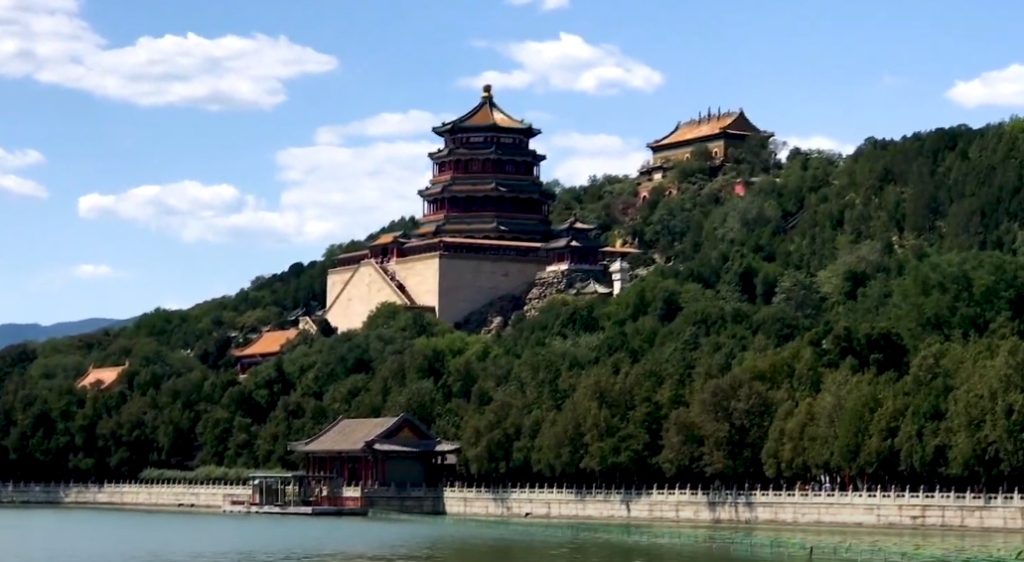
Visitors can explore the iconic Long Corridor, the majestic Tower of Buddhist Incense, and the peaceful Kunming Lake. The Summer Palace provides a glimpse into China’s rich cultural history. It offers breathtaking views, making it a must-visit destination for tourists and history enthusiasts alike. Its scenic beauty and historical significance make it a top attraction in Beijing.
Historical Significance
The Summer Palace in Beijing is a majestic testament to ancient Chinese architecture and landscaping. Famous for its vast gardens, stunning temples, and serene lakes, this UNESCO World Heritage site draws millions of tourists every year. Understanding the Summer Palace’s historical significance offers a glimpse into China’s imperial past and cultural richness.
Imperial Origins
The Summer Palace in Beijing was first built in 1750 by Emperor Qianlong. It was meant to be a luxurious retreat from the summer heat. The palace stands on the foundations of earlier royal gardens, making its origins deeply rooted in Chinese history. The site was meticulously designed to reflect harmony between man and nature.
Several key features highlight its imperial origins:
- Longevity Hill: This hill was artificially created using the soil excavated from Kunming Lake. It symbolizes longevity and eternal youth.
- Kunming Lake: Inspired by the West Lake in Hangzhou, this artificial lake covers more than half of the palace grounds.
- Marble Boat: Built on the orders of Empress Dowager Cixi, this structure symbolizes stability and permanence.
The palace was extensively damaged during the Second Opium War in 1860 but was restored later. The restoration aimed to preserve its original grandeur.
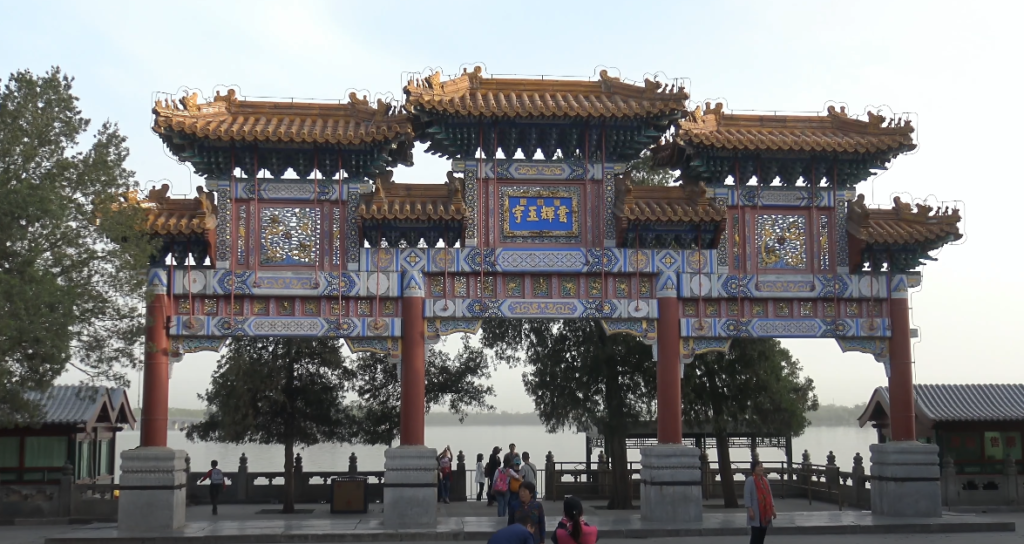
Cultural Heritage
The Summer Palace in Beijing is not only a historical site but also a cultural hub. It showcases traditional Chinese art, architecture, and landscape design. The palace grounds are adorned with intricate temples, pavilions, and bridges, each telling a unique story of ancient China.
Some notable cultural landmarks include:
- Hall of Benevolence and Longevity: This hall served as the administrative centre for the Qing Dynasty emperors.
- Hall of Jade Ripples: This hall was the living quarters of Emperor Guangxu. It holds significant historical events.
- Seventeen-Arch Bridge: Connecting the eastern shore with Nanhu Island, this bridge is an architectural marvel.
Understanding the Summer Palace’s historical significance enhances the experience of visiting this magnificent site. For those planning a trip, here are some useful Summer Palace travel tips:
Tip
Details
Best Time to Visit Spring and Autumn for mild weather and fewer crowds.
Entrance Fees Vary by season; check the official website for updates.
Guided Tours are Highly recommended for a deeper understanding of the site.
The Summer Palace’s cultural heritage continues to fascinate visitors from around the world. It offers a unique window into China’s rich and diverse history.
Table of Contents
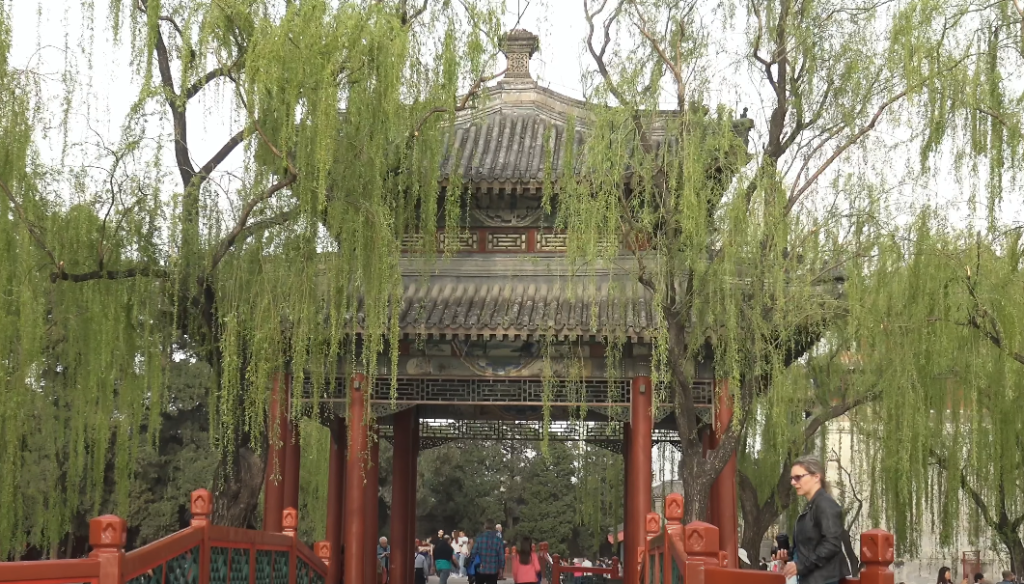
Architectural Marvels
The Summer Palace in Beijing is a stunning example of Chinese architecture. It is known for its beautiful buildings and serene landscapes. This place showcases the rich history and culture of China. Visitors can explore magnificent structures and enjoy scenic views. The Summer Palace’s historical significance is immense, making it a must-visit destination.
Palaces And Pavilions
The Summer Palace boasts numerous palaces and pavilions, marvels of traditional Chinese design. One of the main buildings is the Hall of Benevolence and Longevity, which served as the emperor’s workspace. Visitors can admire its intricate carvings and grand architecture.Summer Palace in BeijingSummer Palace in BeijingSummer Palace in Beijing
Another notable structure is the Hall of Joyful Longevity. This hall was the living quarters of Empress Dowager Cixi. It features beautiful interiors and historical artefacts. The Long Corridor is also a highlight. This covered walkway stretches for 728 meters. It is decorated with thousands of paintings.Summer Palace in BeijingSummer Palace in Beijing
Here are some key structures:
- Hall of Benevolence and Longevity
- Hall of Joyful Longevity
- Long Corridor
- Marble Boat
- Seventeen-Arch Bridge
Gardens And Lakes
The gardens and lakes of the Summer Palace are breathtaking. The Kunming Lake is the largest lake in the palace grounds, covering about three-quarters of the area. Visitors can take boat rides to enjoy the scenery.
The Longevity Hill offers spectacular views. It is an artificial hill with several temples and pavilions. Climbing the mountain provides a panoramic view of the entire palace. The Garden of Harmonious Pleasures is another gem. It features a network of bridges, pavilions, and water channels.
Here are some highlights of the gardens and lakes:
- Kunming Lake
- Longevity Hill
- Garden of Harmonious Pleasures
- Western Causeway
- Su Zhou Street
The Summer Palace travel tips recommend visiting early in the morning. This helps avoid the crowds and allows you to enjoy the serenity. Wear comfortable shoes for walking. Carry water and snacks for a pleasant visit.
Key Attractions
The Summer Palace in Beijing is a stunning historic site. It offers a blend of beautiful landscapes and rich history. This UNESCO World Heritage site is a must-see. Let’s explore two key attractions: Kunming Lake and the Long Corridor.
Kunming Lake
Kunming Lake covers about three-quarters of the Summer Palace grounds. This artificial lake, which spans an area of 2.2 square kilometres, is designed to mimic the famous West Lake in Hangzhou. Visitors can enjoy a variety of activities here.
Boating is a favourite pastime on Kunming Lake. You can rent paddle boats or take a dragon boat ride. The lake also features several islands, the largest and most famous being Nanhu Island. Each island has its own unique charm and history.
Bridges are another highlight of Kunming Lake. The Seventeen-Arch Bridge is the most famous. It connects the eastern shore to Nanhu Island and is adorned with 500 stone lions, each unique and special.
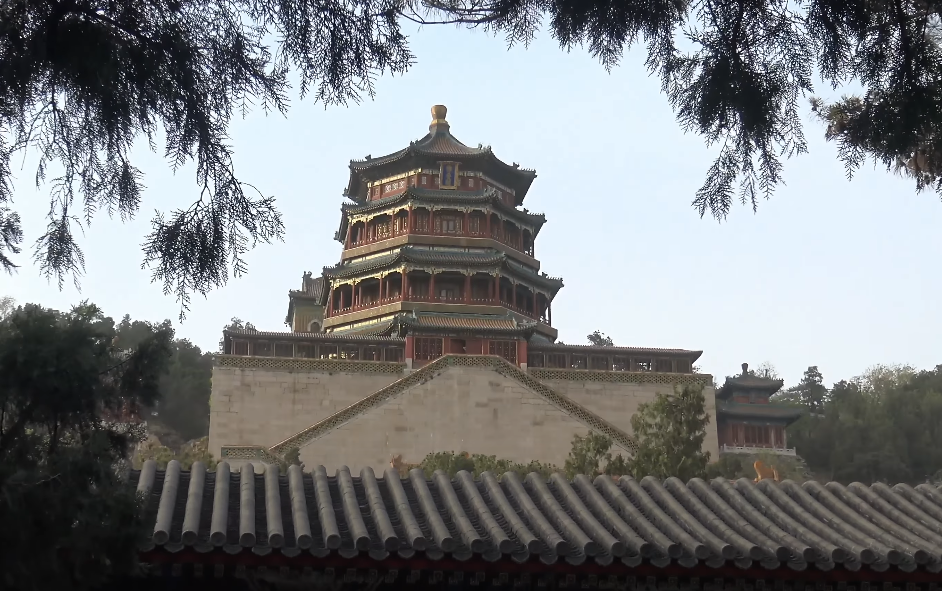
Activity
Details
Boating: Rent paddleboats or take a dragon boat ride.
Island Visits Explore various islands, each with unique features.
Bridge Walking Walk across the Seventeen-Arch Bridge.
Long Corridor
The Long Corridor is one of the most famous features of the Summer Palace. This covered walkway stretches for 728 meters, making it the longest corridor of its kind in the world. The corridor is decorated with over 14,000 paintings.
Each section of the Long Corridor tells a different story. The paintings depict scenes from Chinese history and mythology. Walking through the corridor feels like stepping into a storybook.
The Long Corridor also offers stunning views of Kunming Lake and the surrounding gardens, making it a perfect spot for photography. The corridor connects several important buildings and pavilions.Summer Palace in BeijingSummer Palace in Beijing
- 728 meters long, the longest in the world
- 14,000 paintings depicting history and mythology
- Stunning views of Kunming Lake and gardens
- Connects to important buildings and pavilions
Visiting the Long Corridor is like taking a journey through time. The combination of art and nature is truly breathtaking. It’s a highlight of any trip to the Summer Palace.
Visiting Tips
The Summer Palace in Beijing is a beautiful and historic site. It is a must-visit for anyone travelling to China. This grand palace has lovely gardens, stunning architecture, and serene lakes. Use these visiting tips to make your trip enjoyable and memorable.
Best Time To Visit
The best time to visit the Summer Palace in Beijing is during the spring or autumn. These seasons offer pleasant weather and fewer crowds. The palace gardens are in full bloom in spring. Autumn brings a magical golden hue to the trees.
Summer is also a popular time, but it can get very hot and crowded. Winter visits are less crowded, but some areas might be closed due to snow. Consider these factors when planning your trip:
- Spring (March to May): Mild weather and blooming flowers.
- Summer (June to August): Warm temperatures and school holidays.
- Autumn (September to November): Cool weather and beautiful foliage.
- Winter (December to February): Cold temperatures and fewer tourists.
Weekdays are less crowded than weekends. Early mornings or late afternoons offer the best light for photography. Purchase tickets in advance to skip long lines. Always check the weather forecast before your visit.Summer Palace in BeijingSummer Palace in Beijing
Guided Tours
Summer Palace guided tour experience enhances your visit. Knowledgeable guides share fascinating stories and historical facts. They can take you to hidden spots that you might miss otherwise.
There are various guided tour options:
Tour Type
Duration
Highlights
Standard Tour 2 hours Main palaces, gardens, and lakes
Extended Tour 4 hours In-depth exploration of hidden spots
Specialized Tour Varies Focus on architecture or art
Private tours provide a personalized experience. Group tours are budget-friendly and social. Audio guides are available for self-paced exploration. Choose the tour that best fits your interests and schedule. Enjoy your Summer Palace guided tour experience to the fullest!
Conservation Efforts
The Summer Palace in Beijing is a beautiful and historic site with wonderful gardens, lakes, and ancient buildings. Conservation efforts are essential to preserve its beauty and history and ensure that future generations can enjoy it. Let’s explore some of these important efforts.
Restoration Projects
Restoration projects play a key role in the conservation of the Summer Palace in Beijing. These projects help to repair and maintain the ancient structures, focusing on preserving the original design and materials used in the buildings.
Some notable restoration projects include:
- The restoration of the Long Corridor – This project ensured the vibrant paintings on the corridor were preserved.
- The reconstruction of the Marble Boat – This ensured the boat remained a symbol of the Summer Palace architectural highlights.
- The repair of the Tower of Buddhist Incense – This project focused on the structural integrity of the tower.
These projects require the expertise of skilled artisans. They use traditional techniques to ensure authenticity. The government and private organizations fund these restoration projects, and their support is crucial for preserving the Summer Palace’s rich history.
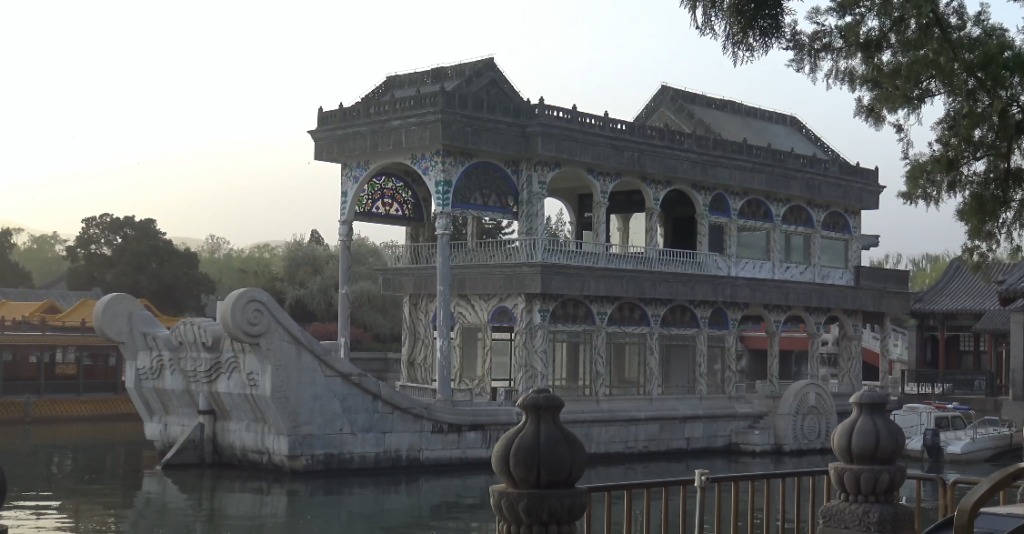
Sustainable Practices
Sustainable practices are essential for conserving the Summer Palace in Beijing. These practices help minimize the impact on the environment and ensure the long-term preservation of the site.
Some sustainable practices include:
- Using eco-friendly materials for repairs and maintenance.
- Implementing water conservation measures to preserve the lakes and gardens.
- Encouraging responsible tourism through the Summer Palace visitor guide.
These practices also include energy-efficient lighting in public areas, which reduces overall energy consumption. Additionally, waste management programs are in place to keep the site clean, including recycling programs and proper waste disposal.
Educating visitors is also a part of sustainable practices. The Summer Palace visitor guide provides information on how to respect the site. Visitors are encouraged to follow the rules to help preserve the beauty of the Summer Palace.
Frequently Asked Questions
What Is The Summer Palace In Beijing?
The Summer Palace is a historic royal garden and palace complex in Beijing, China.
When Was The Summer Palace Built?
The Summer Palace was originally constructed in 1750 during the Qing Dynasty.
What Are The Main Attractions?
Main attractions include Longevity Hill, Kunming Lake, and the Marble Boat.
How Do I Get To The Summer Palace?
You can reach the Summer Palace by subway Line 4, getting off at Beigongmen Station.
Is There An Entrance Fee?
Yes, there is an entrance fee, with varying prices for different sections.
Conclusion
The Summer Palace in Beijing offers a serene escape from the bustling city. It’s rich in history and beauty, and this iconic site attracts millions of visitors annually. Make sure to explore its stunning gardens and architectural marvels. Plan your visit to experience a blend of culture and tranquillity.


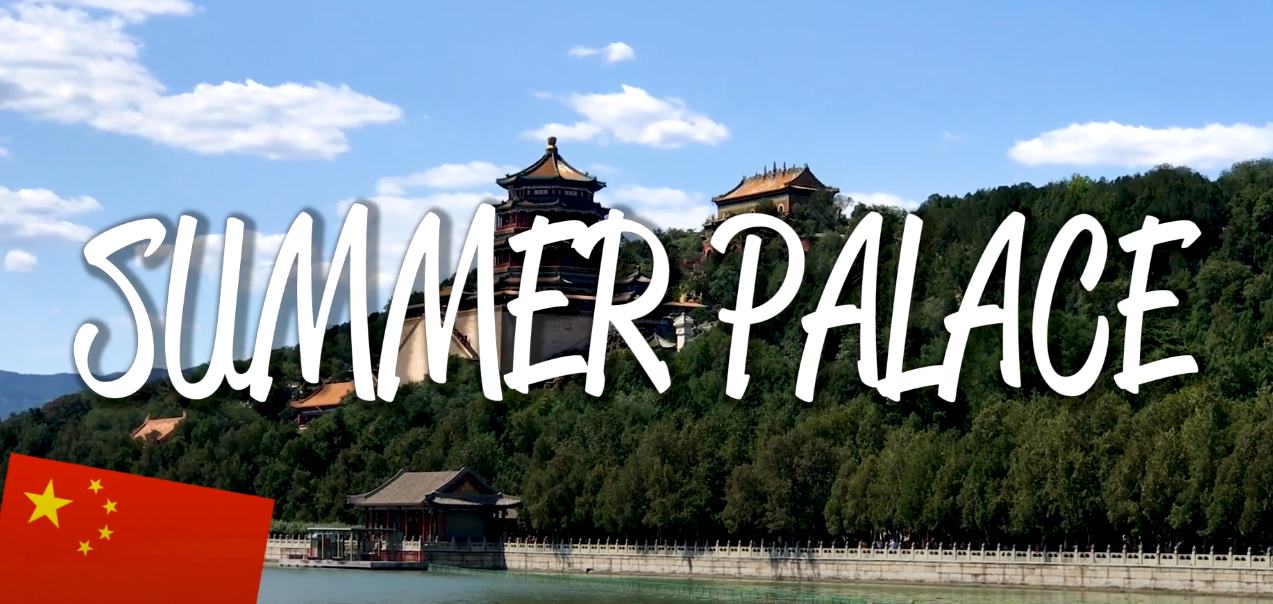
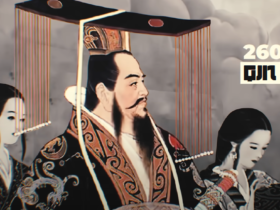
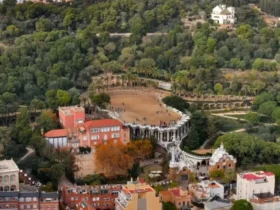
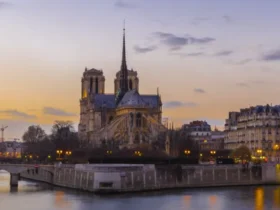


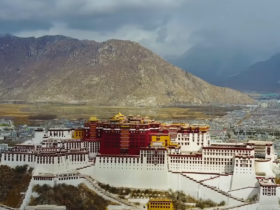
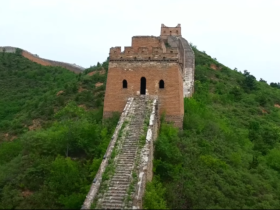
Leave a Review